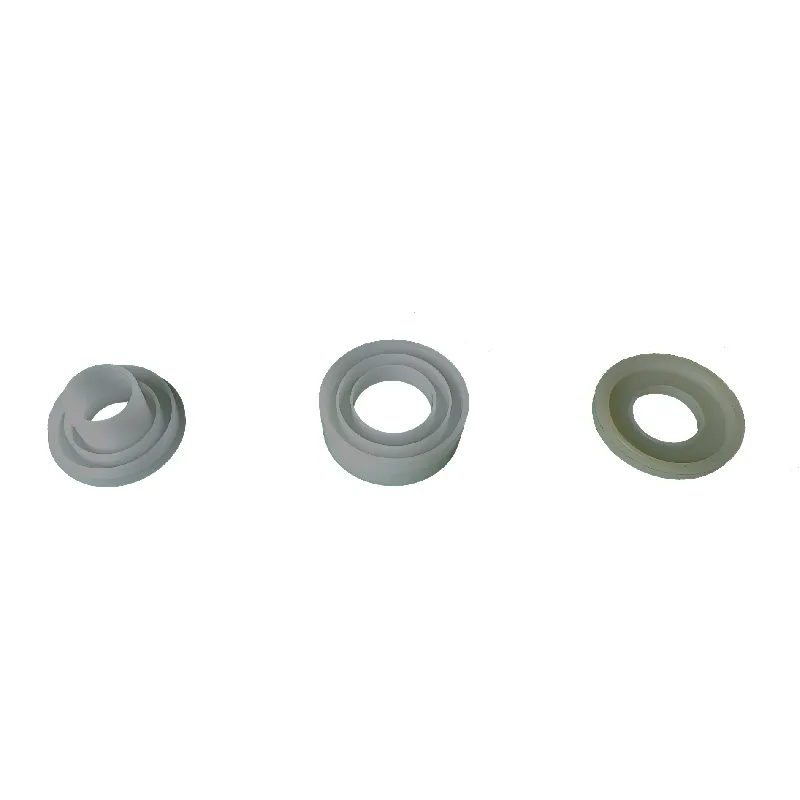 Afrikaans
Afrikaans  Albanian
Albanian  Amharic
Amharic  Arabic
Arabic  Armenian
Armenian  Azerbaijani
Azerbaijani  Basque
Basque  Belarusian
Belarusian  Bengali
Bengali  Bosnian
Bosnian  Bulgarian
Bulgarian  Catalan
Catalan  Cebuano
Cebuano  Corsican
Corsican  Croatian
Croatian  Czech
Czech  Danish
Danish  Dutch
Dutch  English
English  Esperanto
Esperanto  Estonian
Estonian  Finnish
Finnish  French
French  Frisian
Frisian  Galician
Galician  Georgian
Georgian  German
German  Greek
Greek  Gujarati
Gujarati  Haitian Creole
Haitian Creole  hausa
hausa  hawaiian
hawaiian  Hebrew
Hebrew  Hindi
Hindi  Miao
Miao  Hungarian
Hungarian  Icelandic
Icelandic  igbo
igbo  Indonesian
Indonesian  irish
irish  Italian
Italian  Japanese
Japanese  Javanese
Javanese  Kannada
Kannada  kazakh
kazakh  Khmer
Khmer  Rwandese
Rwandese  Korean
Korean  Kurdish
Kurdish  Kyrgyz
Kyrgyz  Lao
Lao  Latin
Latin  Latvian
Latvian  Lithuanian
Lithuanian  Luxembourgish
Luxembourgish  Macedonian
Macedonian  Malgashi
Malgashi  Malay
Malay  Malayalam
Malayalam  Maltese
Maltese  Maori
Maori  Marathi
Marathi  Mongolian
Mongolian  Myanmar
Myanmar  Nepali
Nepali  Norwegian
Norwegian  Norwegian
Norwegian  Occitan
Occitan  Pashto
Pashto  Persian
Persian  Polish
Polish  Portuguese
Portuguese  Punjabi
Punjabi  Romanian
Romanian  Russian
Russian  Samoan
Samoan  Scottish Gaelic
Scottish Gaelic  Serbian
Serbian  Sesotho
Sesotho  Shona
Shona  Sindhi
Sindhi  Sinhala
Sinhala  Slovak
Slovak  Slovenian
Slovenian  Somali
Somali  Spanish
Spanish  Sundanese
Sundanese  Swahili
Swahili  Swedish
Swedish  Tagalog
Tagalog  Tajik
Tajik  Tamil
Tamil  Tatar
Tatar  Telugu
Telugu  Thai
Thai  Turkish
Turkish  Turkmen
Turkmen  Ukrainian
Ukrainian  Urdu
Urdu  Uighur
Uighur  Uzbek
Uzbek  Vietnamese
Vietnamese  Welsh
Welsh  Bantu
Bantu  Yiddish
Yiddish  Yoruba
Yoruba  Zulu
Zulu Optimal Selection and Benefits of Idler Rollers in Belt Conveyor Systems for Efficient Material Handling
Idler Rollers for Belt Conveyors An Essential Component for Efficiency
Belt conveyors are integral to various industries, facilitating the movement of materials over long distances. At the heart of these systems lies an often-overlooked yet crucial component idler rollers. These rollers play a vital role in supporting the conveyor belt, ensuring smooth operation, and maintaining the overall efficiency of the material handling process. In this article, we will delve into the significance of idler rollers, their types, functions, and how they contribute to the longevity of belt conveyors.
Understanding Idler Rollers
Idler rollers are cylindrical components that support and guide the conveyor belt as it moves through the system. Positioned along the length of the conveyor, they help maintain the belt’s alignment, reduce friction, and promote an even distribution of material. Without idler rollers, the belt could sag or encounter excessive wear, leading to operational failures and increased maintenance costs.
Types of Idler Rollers
There are several types of idler rollers, each designed for specific applications and conditions
1. Standard Idlers These are the most common type, used in various conveyor systems to support the belt and ensure its stability. 2. Carrying Idlers Positioned underneath the belt where the material is loaded, these idlers bear the weight of the carried load. 3. Return Idlers Located on the return side of the conveyor, these rollers support the empty belt as it returns to the loading point. 4. Impact Idlers Typically placed at load zones, these rollers absorb the impact of falling materials, preventing damage to the belt and the rollers themselves. 5. Training Idlers These idlers are engineered to help align the conveyor belt, preventing it from drifting to one side and ensuring optimal performance.
idler rollers for belt conveyors

Functions and Benefits
The primary functions of idler rollers are to support the conveyor belt, minimize friction, and facilitate even load distribution. By offering these capabilities, they contribute significantly to the overall efficiency of belt conveyors
- Reduction of Friction Idlers help reduce the friction between the conveyor belt and the supporting structure. Lower friction means less energy consumption, resulting in lower operating costs and increased efficiency. - Wear Resistance High-quality idlers are designed to withstand harsh environmental conditions, including dust, moisture, and extreme temperatures. This durability prolongs the life of the idler rollers and the conveyor system as a whole.
- Load Distribution Properly spaced idler rollers ensure even load distribution across the belt, reducing stress on specific sections and minimizing the risk of belt failure.
- Minimized Maintenance Costs By using robust and reliable idler rollers, companies can reduce maintenance downtime and costs associated with frequent repairs or replacements.
Conclusion
Idler rollers are a critical component of belt conveyor systems, playing a significant role in their efficiency and longevity. Understanding the different types of idler rollers and their functions can help businesses optimize their material handling processes. Proper selection and maintenance of idler rollers not only enhance the performance of belt conveyors but also contribute to the overall productivity of industrial operations. In a world where efficiency is paramount, investing in quality idler rollers is essential for any business reliant on conveyor systems.
-
Wing Pulley Conveyor for Conveyor Belt MaintenanceNewsJun.16,2025
-
Self Cleaning Spiral Idler for Conveyor DesignNewsJun.16,2025
-
Pulley Lagging for Conveyor Belt AlignmentNewsJun.16,2025
-
Impact Idlers Used in Belt Conveyor for PerformanceNewsJun.16,2025
-
Ceramic Lagging Conveyor Pulley for Conveyor Belt SystemsNewsJun.16,2025
-
Belt Conveyor Idler for Heavy-Duty ApplicationsNewsJun.16,2025





























